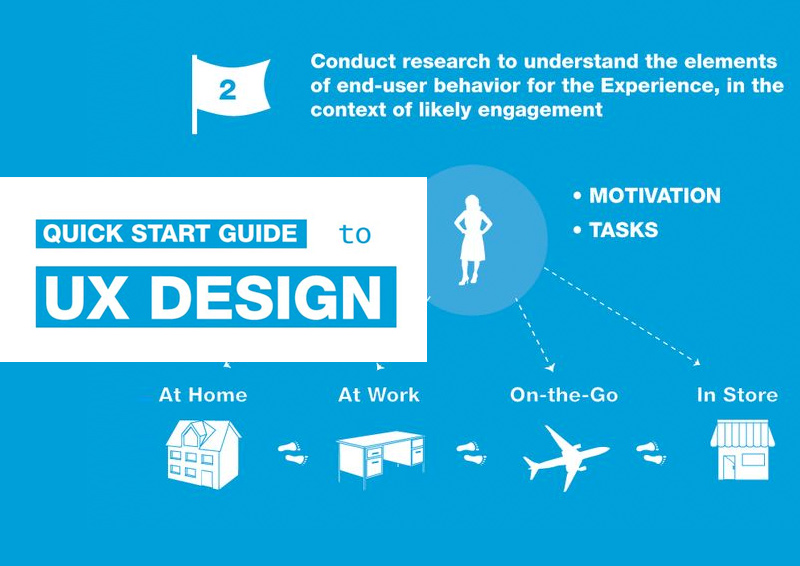Discover The Principles Of Receptive Website Design To Make Sure A Smooth Individual Experience Throughout Various Display Sizes And Devices
Discover The Principles Of Receptive Website Design To Make Sure A Smooth Individual Experience Throughout Various Display Sizes And Devices
Blog Article
Web Content Author-Matthiesen Bennedsen
If you desire your website to function well on all gadgets, discover the fundamentals of receptive website design. Ensure your website looks good on any type of screen size. Maintain mobile users satisfied and involved. Increase your website's visibility on online search engine. Google prefers mobile-friendly web sites. Usage fluid grids, adaptable photos, and media queries. Ensure your web content is accessible on all tools. Test your site on different displays for the best customer experience. Grasping ada standards website is critical for reliable receptive layout. Discover https://josuefztoh.snack-blog.com/29817015/improve-your-digital-footprint-with-cutting-edge-web-design-solutions regarding improving your web site's functionality with receptive style techniques.
Significance of Responsive Website Design
Understanding the relevance of receptive web design is vital in today's digital landscape. seo consultant online needs to be available and user-friendly throughout various devices, consisting of desktop computers, laptops, tablet computers, and smart devices. With the boosting use of mobile devices for web surfing, having a responsive style is no longer simply a nice-to-have attribute yet a need.
When your site is receptive, it adapts flawlessly to various display dimensions and resolutions, providing an optimum watching experience for your visitors. This versatility ensures that your web content remains understandable, images are correctly presented, and navigating is easy to use despite the tool being used. By accommodating the demands of mobile users, you can boost customer complete satisfaction, increase involvement, and eventually drive conversions.
In today's competitive on-line atmosphere, having a receptive internet site can additionally positively influence your search engine rankings. Search engines like Google prioritize mobile-friendly web sites, so by accepting responsive layout, you not only improve the customer experience however additionally boost your visibility and reach online.
Key Concepts of Responsive Style
To properly apply responsive style on your site, focus on mastering the essential concepts that govern its versatility throughout different devices. One basic principle is fluid grids, which includes making use of relative systems like percents instead of taken care of systems like pixels for format style. This enables aspects to resize proportionally based on the display dimension.
One more crucial principle is adaptable photos and media, where photos and video clips are sized in a way that adapts to the container they're in, guaranteeing they maintain their percentages on different devices.
Furthermore, media inquiries play a critical duty in responsive design by permitting you to apply different designs based on the tool's qualities, such as screen size. It's necessary to focus on web content and performance to ensure that users can access one of the most essential information regardless of the tool they're making use of.
Implementing Responsive Design Techniques
Begin by including receptive layout methods into your web site to optimize its efficiency across various tools. One reliable technique is utilizing liquid grids that enable aspects to resize proportionally based on screen size. This makes certain a constant format and user experience.
One more vital technique is employing versatile photos that can adapt to various screen sizes without losing quality or damaging the design. By setting max-width: 100% in CSS, photos will certainly scale appropriately.
In addition, make use of media queries to use different designs based upon the tool's characteristics, such as screen width or alignment. This helps customize the layout for certain devices or screen dimensions.
Implementing a mobile-first approach, where you prioritize developing for mobile phones prior to desktop computers, can additionally improve responsiveness.
Evaluating your website on various tools and display dimensions is crucial to guarantee that the layout responds well across the board. By integrating these responsive design strategies, you can produce a web site that provides an optimum user experience regardless of the device being made use of.
Conclusion
Since you understand the basics of responsive website design, you can guarantee your web site looks great on any type of gadget. Keep in mind, responsive style resembles a chameleon, adjusting perfectly to its environments.
By focusing on vital concepts and executing methods, you can create an user-friendly and visually enticing internet site that involves your target market properly.
Keep exercising and refining your abilities to remain in advance in the ever-evolving world of website design.
